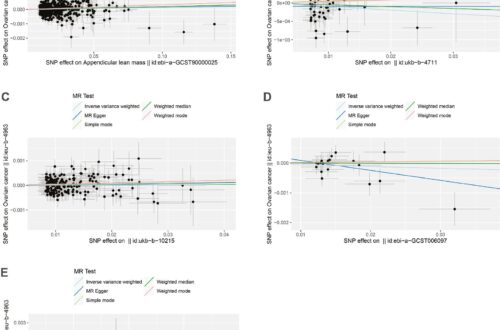
BIO Integration, Volume 2, Issue Number 2, Publishes
The issue contains an editorial, two review articles, two mini review articles and one opinion article offering insights into different areas of life science in both China and internationally:
In the first article “Voice Series: Interview with Prof. Dr. Sangyong Jon, KAIST Chair Professor” Professor Sangyong Jon speaks with Phei Er Saw, Executive Editor, BIOI, on his areas of research interest at the interface of biomedicine, biotechnology, biomaterials, and nanomedicine.
The first review article is entitled “Nanocarriers in the Enhancement of Therapeutic Efficacy of Natural Drugs” by authors Xiuling Li, Shunung Liang, Chee Hwee Tan, Shuwen Cao, Xiaoding Xu, Phei Er Saw and Wei Tao. Despite their tremendous therapeutic potential, natural drugs often have poor bioavailability, metabolic instability, and aqueous insolubility. These factors greatly impede a natural drug’s commercialization potential as a mainstream medicine. The development of nanocarrier drug delivery systems is indispensable in overcoming the various constraints which occur with natural drugs. Of particular interest in this review are four plant materials endogenous to China with the common names of barrenwort or horny goat weed (Epimedium), Shu Di Huang (Rehmannia glutinosa, RG), ginseng (Panax ginseng), and Dong Quai or female ginseng (Angelica sinensis, AS).
The first mini review article in this issue is “Nanoparticles Enable Efficient Delivery of Antimicrobial Peptides for the Treatment of Deep Infections” by Yingxue Deng, Rui Huang, Songyin Huang and Menghua Xiong. Antimicrobial peptides (AMPs) are rarely directly used to treat deep infections due to their systemic toxicity and low bioavailability. In this article the authors summarize recent progress that researchers employed nanoparticles based delivery systems to deliver AMPs for the treatment of deep infections. Nanoparticles-based delivery systems offer a strategy to increase the therapeutic index of AMPs by preventing proteolysis, increasing the accumulation at infection sites, and reducing toxicity. Especially, the development of intelligent nanocarriers can achieve selective activation and active target in the infectious sites, thus improving the therapeutic efficacy against bacterial infection and reducing the toxicity against normal tissues.
In an opinion article entitled “Challenges and Opportunities of Nanomedicines in Clinical Translation” the authors Chunxiong Zheng, Mingqiang Li and Jianxun Ding discuss the challenges and opportunities of nanomedicines.
The second review article is entitled “Synergistic Effects of Acoustics-based Therapy and Immunotherapy in Cancer Treatment” by authors Yuheng Bao, Jifan Chen, Pintong Huang and Weijun Tong. Cancer immunotherapy to enhance the autogenous immune response to cancer tissue is reported to be the most promising method for cancer treatment. To trigger the release of cancer associated antigens, cancer acoustics-based therapy has various prominent advantages and has been reported in various research. In this review, the authors classify the acoustics-based therapy into sonopyrolysis-, sonoporation-, and sonoluminescence-based therapy and discuss detailed mechanisms of these therapies to show the status of cancer immunotherapy induced by acoustics-based therapy in quo.
The second mini review article in this issue is “A Review on Toxicity and Challenges in Transferability of Surface-functionalized Metallic Nanoparticles from Animal Models to Humans” by Muhammad Arif Asghar, Rabia Ismail Yousuf, Muhammad Harris Shoaib, Muhammad Asif Asghar and Nazish Mumtaz. Metallic nanoparticles (NPs) have gained immense interest over the last few decades due to their promising optical, electrical, and biological properties. However, the aggregation and the toxic nature of these NPs have restricted their utilization in more optimized applications. The authors of this article overview recent strategies involved in surface functionalization of metallic NPs, their specific biomedical applications, and comparison of their in vitro, ex vivo, and in vivo toxicities with non-functionalized metallic NPs.




